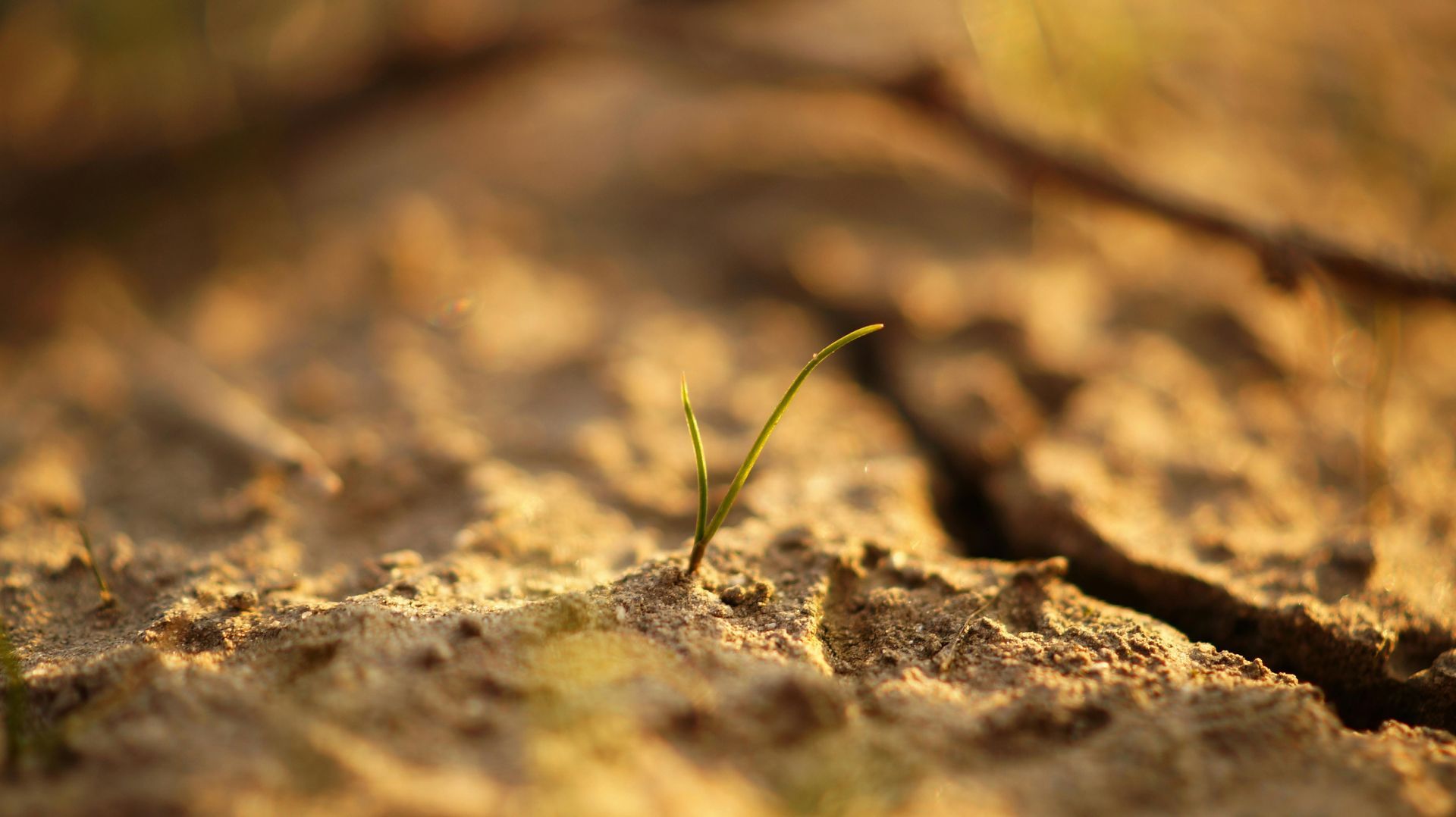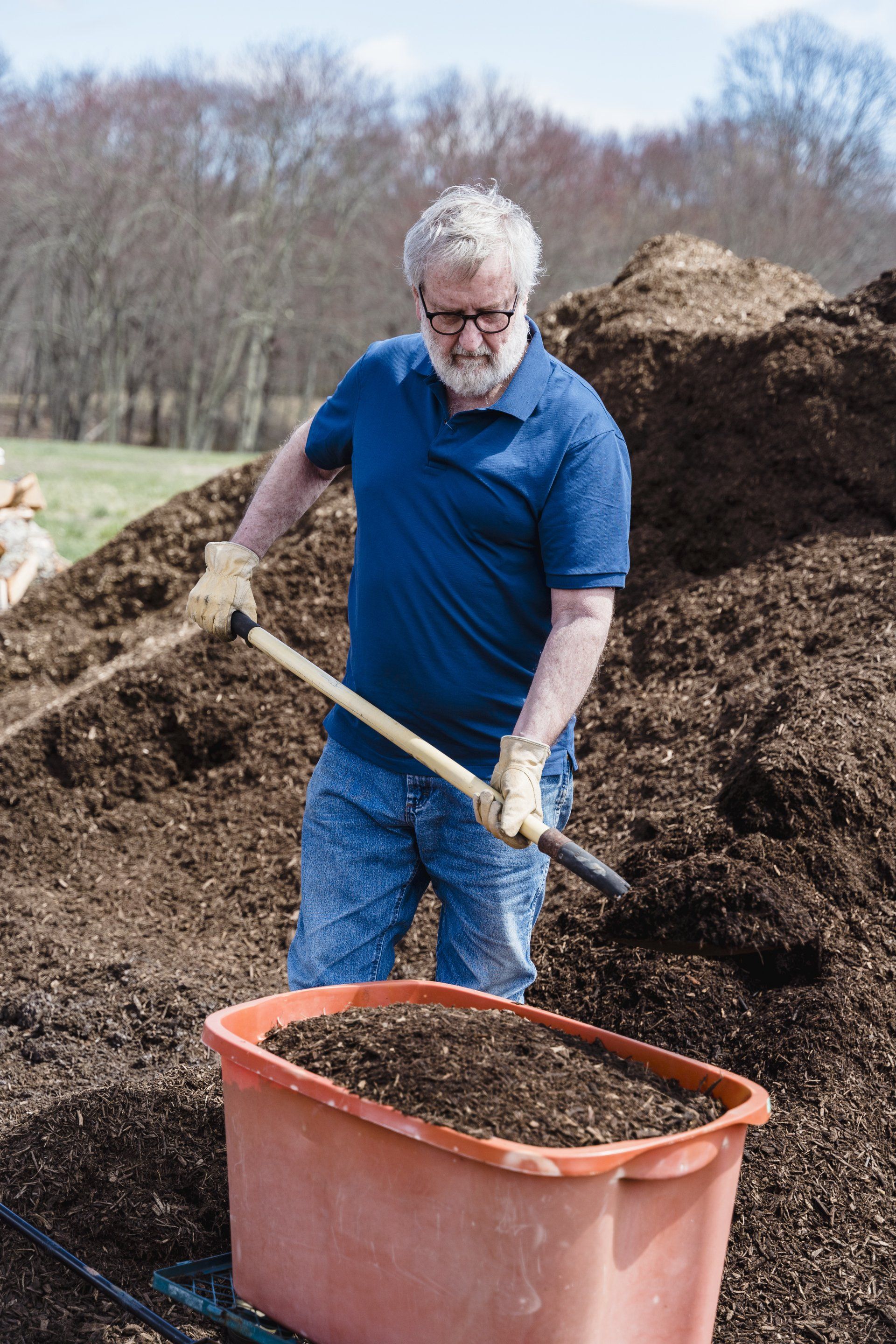How Soil Testing Can Improve Water Infiltration and Retention in Drought Conditions

Water is the most precious resource in agriculture, and in times of drought, every drop matters. In regions where rainfall is scarce, irrigation efficiency can make or break a season. But optimizing water use isn’t just about how much you apply—it’s about how well your soil absorbs and holds onto it.
One of the biggest challenges growers face, especially in arid areas, is poor water infiltration due to high salt levels and the formation of hardpan layers. These conditions prevent water from penetrating deeply into the soil, leading to runoff, evaporation losses, and inefficient irrigation. The good news? Soil testing provides the data needed to diagnose these issues and guide corrective actions that improve infiltration and retention.
Understanding the Problem: Hardpan and Salinity Issues
When soils accumulate excess salts—often due to irrigation with high-salinity water or poor drainage—sodium begins to displace essential soil structure-building elements like calcium and magnesium. This results in dispersion, where soil particles break apart and clog pore spaces. Over time, this leads to compacted layers (hardpan) that severely restrict water movement and root penetration.
Hardpan formation is particularly problematic because it creates a vicious cycle: poor infiltration forces growers to apply more water, but instead of being absorbed, much of it either evaporates or runs off, further concentrating salts at the surface.
The Role of Soil Testing in Water Management
Regular soil testing is the first step in breaking this cycle. By analyzing salinity levels, sodium absorption ratio (SAR), cation exchange capacity (CEC), and soil texture, growers can develop a strategy tailored to their specific conditions.
- Salinity Testing – Measures the electrical conductivity (EC) of the soil, indicating whether salt concentrations are high enough to affect plant health and infiltration rates.
- SAR and ESP (Exchangeable Sodium Percentage) – Helps determine whether sodium levels are disrupting soil structure and leading to compaction.
- Soil Texture Analysis – Knowing the ratio of sand, silt, and clay informs how water moves through the profile and how much can be retained for plant use.
- Infiltration Rate Testing – Provides real-world data on how quickly water is moving through the soil profile and whether adjustments are needed.
Solutions to Improve Water Infiltration
Once testing identifies the underlying problem, growers can take targeted action:
- Gypsum Applications: In high-sodium soils, gypsum (calcium sulfate) helps displace sodium and restore soil structure, improving permeability.
- Organic Matter Amendments: Adding compost or humic substances enhances soil aggregation, increasing pore space and water retention capacity.
- Deep Ripping or Subsoiling: In extreme cases of hardpan, mechanical intervention may be needed to physically break up compacted layers before amending the soil.
- Cover Crops and Reduced Tillage: These practices encourage natural soil structure development, reduce erosion, and promote beneficial microbial activity that aids in water movement.
- Efficient Irrigation Management: Switching to drip irrigation or regulated deficit irrigation ensures water is delivered effectively without contributing to further salinity buildup.
Long-Term Benefits of Soil Testing for Drought Resilience
Water management isn’t just about addressing immediate issues—it’s about building long-term resilience. By integrating routine soil testing into farm management, growers can track changes in soil health over time, make data-driven irrigation decisions, and prevent infiltration problems before they start.
With drought conditions becoming more frequent and severe, understanding how water interacts with soil is no longer optional—it’s a necessity. Soil testing provides the insight needed to maximize every drop, ensuring that water isn’t just applied but actually absorbed and used where it matters most.



